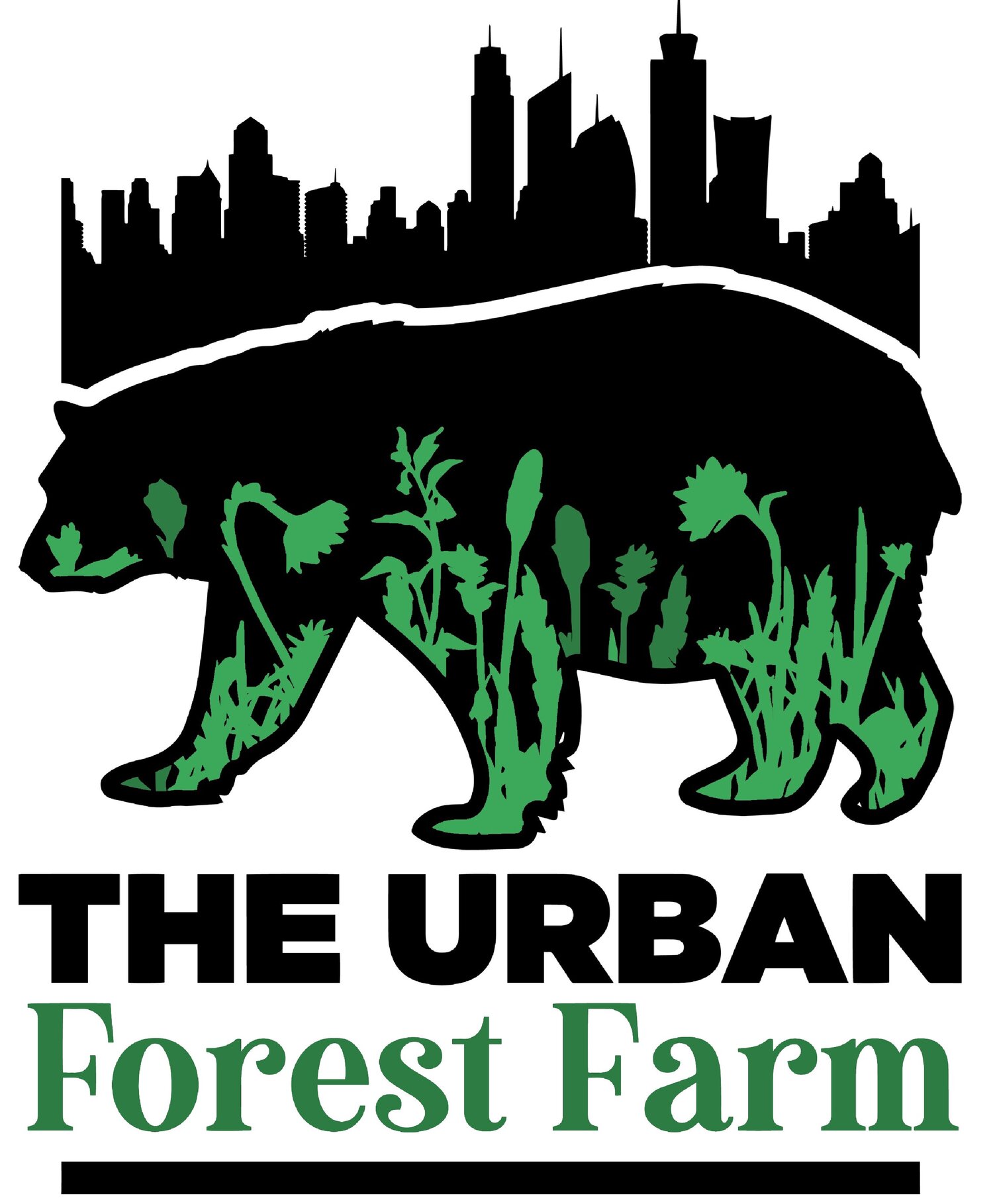 Image 1 of
Image 1 of


Cherokee Purple Tomatoes
Cherokee Purple tomatoes have been a favorite tomato variety for over 125 years! This heavy yielding vine can continue to produce, even throughout the sizzling summer months! Juicy and sweet, these classic tomatoes are great eaten raw or cooked.
Solanum lycopersicum
Annual
Sow Depth 1/4"
Row Spacing 4'
Plant Spacing 36"
Packet 25 seeds
Heirloom, Open-pollinated
Sun Full
Fruit Weight: 8-20 oz
Heat Tolerant
Zones: 3,4,5,6,7,8,9
Begin harvest in 83 days (about 2 and a half months)
Cherokee Purple tomatoes have been a favorite tomato variety for over 125 years! This heavy yielding vine can continue to produce, even throughout the sizzling summer months! Juicy and sweet, these classic tomatoes are great eaten raw or cooked.
Solanum lycopersicum
Annual
Sow Depth 1/4"
Row Spacing 4'
Plant Spacing 36"
Packet 25 seeds
Heirloom, Open-pollinated
Sun Full
Fruit Weight: 8-20 oz
Heat Tolerant
Zones: 3,4,5,6,7,8,9
Begin harvest in 83 days (about 2 and a half months)
Cherokee Purple tomatoes have been a favorite tomato variety for over 125 years! This heavy yielding vine can continue to produce, even throughout the sizzling summer months! Juicy and sweet, these classic tomatoes are great eaten raw or cooked.
Solanum lycopersicum
Annual
Sow Depth 1/4"
Row Spacing 4'
Plant Spacing 36"
Packet 25 seeds
Heirloom, Open-pollinated
Sun Full
Fruit Weight: 8-20 oz
Heat Tolerant
Zones: 3,4,5,6,7,8,9
Begin harvest in 83 days (about 2 and a half months)
-
Start seeds indoors, 5-6 weeks (about 1 and a half months) before transplanting. Thoroughly wet soil prior to planting seeds. Plant seeds 1/4 deep, cover softly with soil, and mist carefully as to not disturb seeds. Harden off your seedlings prior to transplanting by exposing them to protected outdoor conditions for one week. After the last frost, transplant in a sunny location.
Tomatoes needs at least 6-8 hours of sunlight a day. Tomatoes require consistent watering. Do not allow your plants to dry out and avoid overwatering. Water the base of your tomato plant at least twice weekly. If container gardening, water more frequently, as containers will dry out more quickly.
Fertilizers are not needed until transplanting. Prior to transplanting, amend the soil with a high phosphorus fertilizer. You may fertilize at the first sight of fruiting and again at the beginning of the first harvest.
-
Many heirloom varieties are best used or processed for storage shortly after harvest. For best flavor, ripen on the vine, however tomatoes continue to ripen once picked. Keep in cool place to allow it to ripen without damaging the fruit or losing flavor or nutrients.
-
Tomatoes plants have delicate leaves that can be prone to diseases and pests. Watering the base of the tomato plants, rather than the leaves, avoid the splashing of dirt onto the leaves and therefore reduces the chances of disease. Learning the common diseases and pests in your area will help you prevent valuable crop loss.
Pruning all sucker branches below the first strong branch will encourage higher growth and result in greater yields. Use trellising or support plants as they grow.
